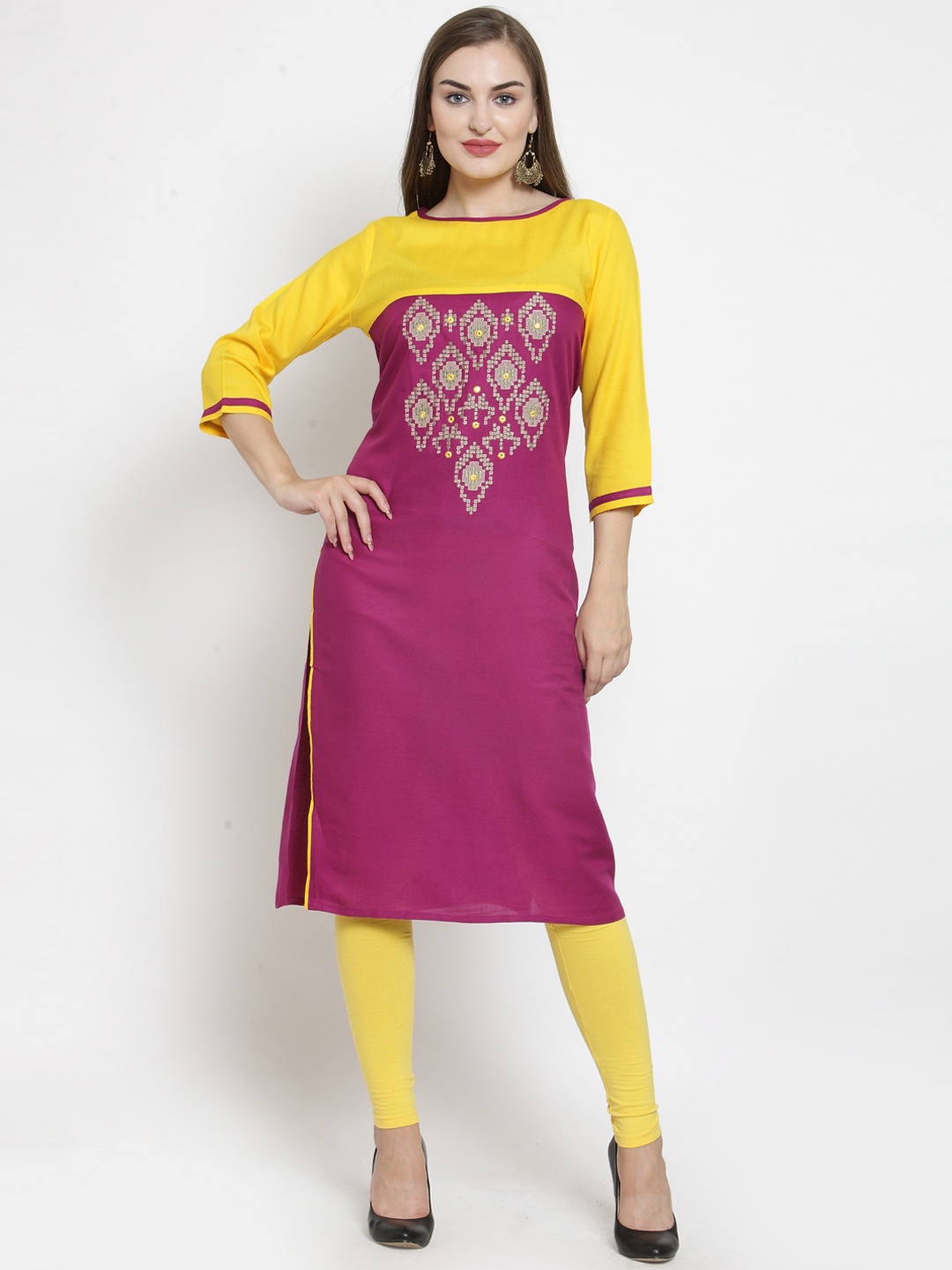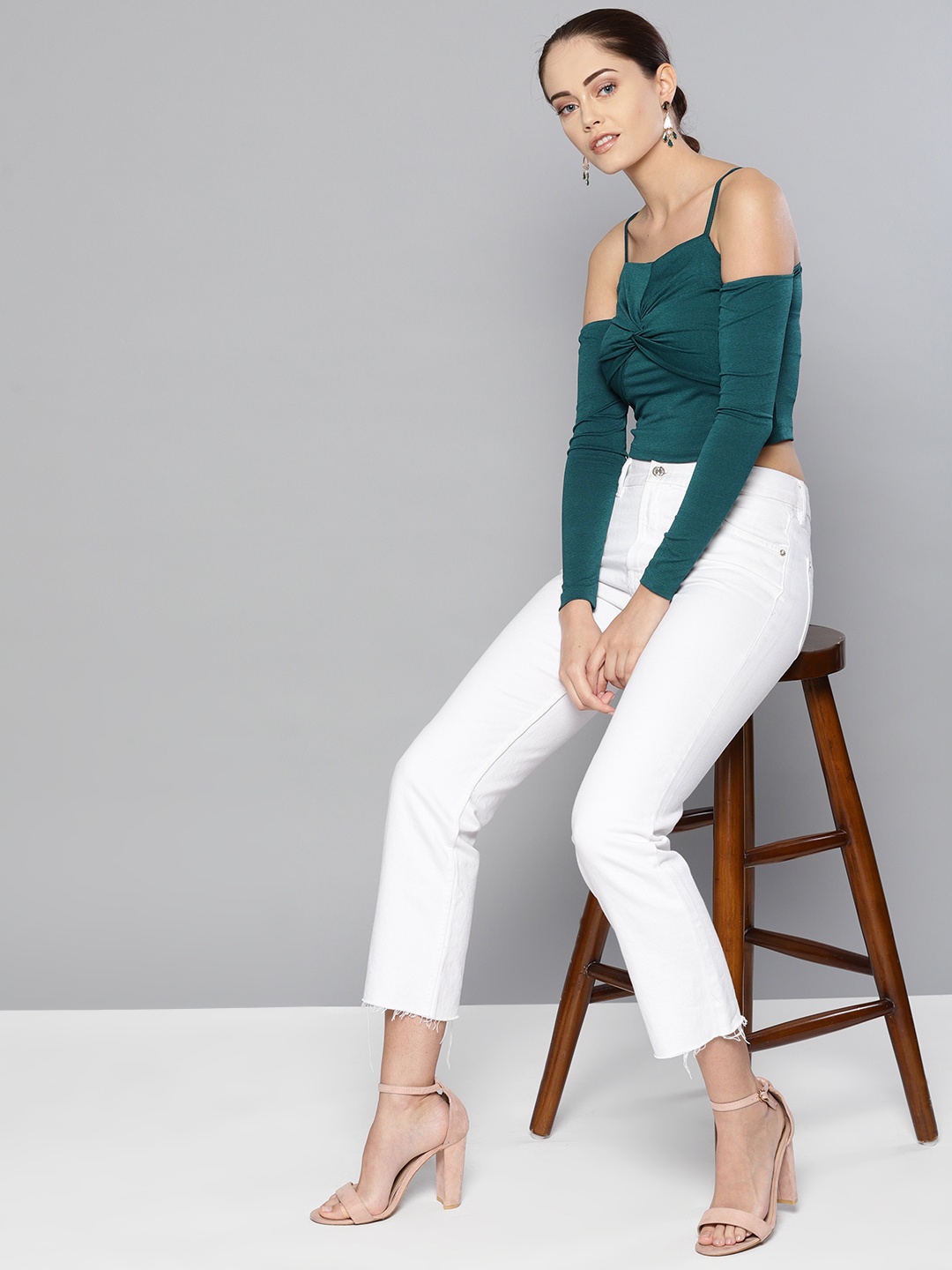How To Choose The Best Sports Shoes For Kids That Prevent Blisters During PE Class
How to choose the best sports shoes for kids: From fit and materials to socks and budget, these 10 smart tips guide you in picking kids' sports shoes that ensure blister-free comfort during every PE class.

Tips To Choose Kids Sports Shoes For PE: Ensure Soft Lining And Breathable, Blister-Free Cushioning.
The school bell rings, and children rush out to the playground, their laughter echoing across the field. But a few minutes later, one or two might be sitting on the sidelines, wincing as they tug off their shoes. Blisters, rashes, sore heels, tiny problems that can make PE class feel like a marathon through hot sand. Finding the right sports shoes for children isn't just about looking trendy or matching the school uniform. It's about comfort, protection, and long-term foot health. So, if shopping for sports shoes for kids has felt like a guessing game, here's a guide to make it simple.
From materials and fit to socks and budget, these 10 practical tips will help you choose the best sports shoes for kids that prevent blisters - they will let kids enjoy PE without those dreaded blisters.

How To Pick Sports Shoes That Do Not Give Kids Blisters During PE Class; Photo Credit: Pexels
What To Look For When Buying Sports Shoes For Kids
1. Start with the Right Fit: Size Matters More Than You Think
Children's feet grow faster than most parents realise. A shoe that fits perfectly in May can become tight by August. Many parents buy a slightly larger size “to last longer,” but shoes that are too big cause the foot to slide inside, creating friction, and friction leads to blisters.
Always measure both feet, as one foot is often slightly larger. Shop later in the day when feet naturally expand after walking or running. Ask your child to wiggle their toes; there should be a thumb's width of space between the longest toe and the shoe tip. The heel, on the other hand, should be snug but not tight.
A poorly fitting shoe can throw off a child's natural gait, affecting balance and posture. A proper fit ensures comfort, safety, and happy feet. Think of it as finding the right dance partner for those energetic PE sessions, secure, supportive, and perfectly in step.
2. Choose Breathable Materials That Let Feet Breathe
Kids' feet sweat, a lot. A full day of school followed by an intense PE session can turn their shoes into tiny saunas. Shoes made from synthetic or non-breathable materials trap heat and moisture, creating the perfect environment for blisters and odour.
Opt for shoes made from mesh or lightweight knit fabric. These materials allow air circulation and help keep the feet dry. Leather can also work well if it's soft and ventilated, but avoid stiff, plastic-coated finishes.
During humid months, breathable shoes can make all the difference. Many parents notice that after switching to mesh trainers, their kids' complaints about “burning toes” or “sweaty feet” almost vanish. Think of breathable shoes as mini air conditioners for those active little feet, cool, comfortable, and blister-free.
3. Prioritise Cushioning and Arch Support
Children run, jump, skip, and occasionally land on their heels like they're testing gravity. Proper cushioning absorbs shock and reduces the strain on growing feet. Thin soles or fashion trainers often lack adequate padding, leaving feet vulnerable to blisters and soreness.
Look for cushioned midsoles; EVA foam or gel-based ones are ideal. They provide bounce without being bulky. Also, ensure there's proper arch support. Flat shoes may feel comfortable initially, but can lead to discomfort or uneven pressure on the soles during prolonged activity.
For extra comfort, try removable insoles. They're great for adjusting fit and can be replaced when worn out. Shoes with good cushioning are like soft playground mats; they make every landing safe, springy, and fun.
4. Pay Attention to the Inner Lining
While the outer part of the shoe catches the eye, the inner lining often decides whether a child finishes PE with a smile or a grimace. Rough seams, hard stitches, or poor-quality padding can rub against delicate skin and cause friction burns or blisters.
Choose shoes with smooth, seamless interiors. Some brands offer “sock-fit” designs that hug the foot without internal stitching. If your child wears ankle-length socks, the shoe's inner collar should also be soft and padded to prevent rubbing at the heel.
A quick trick: run your hand inside the shoe before buying. If something feels scratchy, it'll feel ten times worse after a sweaty PE session. The inner lining might be invisible, but it's the unsung hero of every comfortable shoe.

How To Pick Sports Shoes That Do Not Give Kids Blisters During PE Class; Photo Credit: Pexels
5. Pick the Right Type of Closure: Laces, Velcro or Slip-Ons?
Each closure type has its own charm. Laces provide the best fit but can loosen mid-game if not tied properly. Velcro straps are convenient, especially for younger kids who haven't mastered double knots yet. Slip-ons work for casual wear but often lack the snug hold needed for active play.
The goal is to keep the shoe secure without restricting movement. If the shoe keeps slipping off or feels too tight, blisters are bound to follow. For PE, laced or double-strap Velcro shoes usually strike the right balance.
And here's a tip: teach kids how to adjust their shoes before PE. Many loosen them for comfort during class and forget to tighten them before running, only to end up with sore heels later. A well-fitted closure keeps the shoe stable and blister-free.
6. Check the Sole for Grip and Flexibility
A sturdy sole keeps kids grounded. Whether the PE class is on a grassy field, a concrete court, or an indoor hall, traction matters. Smooth soles can make children slip, while overly rigid ones can restrict natural movement.
Look for flexible soles that bend at the forefoot but still offer firm grip patterns underneath. Rubber soles with small grooves or textures are ideal; they prevent slipping and allow smooth running.
Parents often focus on design or colour but overlook the sole, which is like the tyre of a car. A good sole provides stability, balance, and confidence. With the right grip, kids can run freely without worrying about falls or blisters from sudden stops and slides.
7. Always Pair Shoes with Proper Socks
Even the best shoes can't prevent blisters if the wrong socks are involved. Thin or loose socks bunch up, creating friction points. On the other hand, thick cotton socks trap moisture, softening the skin and making it prone to blisters.
The best option? Moisture-wicking sports socks made from blends of cotton, nylon, and spandex. They keep the feet dry and snug without being tight. Some socks even have extra padding around the heel and toe, perfect for active kids.
Encourage children to carry an extra pair of socks during the monsoon or after long days. Fresh socks can feel like magic for tired feet. A good sock-and-shoe combo is like tea and biscuits, comforting, dependable, and meant to be together.

How To Pick Sports Shoes That Do Not Give Kids Blisters During PE Class; Photo Credit: Pexels
8. Don't Chase Brands, Focus on Comfort and Quality
It's tempting to go for flashy logos or shoes that everyone in class is wearing, but children's feet don't care about brand names. An expensive pair isn't automatically better. What matters most is comfort, construction, and durability.
Plenty of affordable brands offer high-quality sports shoes designed for growing feet. Check for essentials, breathable uppers, padded insoles, sturdy soles, and comfortable linings. Sometimes, lesser-known labels provide the same features at half the price.
Think of it like street food: it's not about the stall's name, it's about the flavour. The right shoe doesn't need to make a statement; it needs to support every sprint, jump, and slide without complaint.
9. Let Kids Test Before Buying
A five-minute test walk can reveal what a hundred reviews can't. Always let your child walk, jog, or even do a few jumping jacks in the store. Observe if the shoes pinch, slip, or rub anywhere. Kids might say “it's fine” just to get it over with, but a quick movement test often tells the truth.
Please encourage them to move naturally and listen to how the shoes sound. Squeaky or stiff pairs may indicate poor flexibility. Also, notice their expression, comfort shows on their face. If they're smiling, it's probably a winner.
Some stores allow returns within a few days. Make use of this policy and have your child wear the shoes at home for a short trial before finalising. After all, a test run today can save tears tomorrow.
10. Replace Worn-Out Shoes at the Right Time
Children's shoes wear out faster than expected. Once the soles flatten or the cushioning thins out, the protection vanishes. Continuing to wear such shoes can cause blisters, foot strain, or even knee pain.
A good rule of thumb: replace sports shoes every 6–8 months or after 500–700 km of total wear (yes, kids cover that much during daily play and school!). Check regularly for uneven wear on the soles or frayed interiors.
Though it might seem costly, good shoes can start around ₹1,500 to ₹3,000; it's a worthy investment in your child's comfort and health. New shoes don't just look good; they feel good and keep little feet ready for action.
Products Related To This Article
1. BERSACHE Lace Running Shoes For Girls
2. LIBERTY Velcro School Shoes For Boys & Girls
3. Plaeto Velcro Running Shoes For Girls
4. Cinders Lace Running Shoes For Boys
5. Action Velcro School Shoes For Boys & Girls
6. Fabbmate Lace Walking Shoes For Girls
7. Fabbmate Lace Walking Shoes For Girls
Choosing the right sports shoes for children isn't a luxury; it's a necessity. Blisters, sore toes, and tired feet can make even the most enthusiastic child dread PE. But with the right pair, the playground becomes a place of laughter, confidence, and boundless energy.
Think beyond the price tag or the latest design. Focus on fit, comfort, and function. After all, the best sports shoes are the ones your child forgets they're even wearing, because they're too busy enjoying the game.
In the end, every step your child takes in comfort is a victory, not just in sports, but in growing up strong, healthy, and happy.
(Disclaimer: This article may include references to or features of products and services made available through affiliate marketing campaigns. NDTV Convergence Limited (“NDTV”) strives to maintain editorial independence while participating in such campaigns. NDTV does not assume responsibility for the performance or claims of any featured products or services.)
























